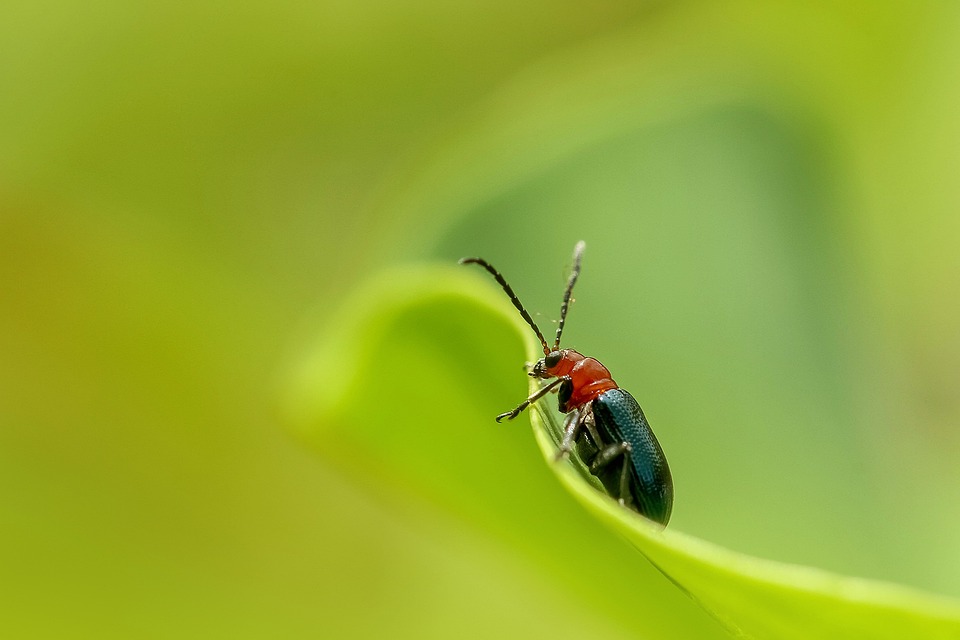Natural Insect Repellents: How to Make a DIY Bug Spray That Works
As summer approaches and outdoor activities ramp up, one of the most common complaints is the onslaught of bugs. Mosquitoes, ticks, and other pests can quickly turn a pleasant outing into an itchy nightmare. While commercial insect repellents can be effective, many contain harsh chemicals that may not be ideal for everyone, especially those with sensitive skin or concerns about synthetic ingredients. Fortunately, natural insect repellents can provide a safer and eco-friendly alternative. In this article, we will explore how to make your own DIY bug spray using natural ingredients that are both effective and easy to find.
Why Choose Natural Insect Repellents?
Before we dive into the recipes, let’s discuss the benefits of using natural insect repellents:
-
Safe for Skin: Natural ingredients are typically gentler on the skin, making them suitable for children and those with allergies.
-
Eco-Friendly: Homemade repellents reduce the number of chemicals entering our ecosystems, benefiting both plants and wildlife.
-
Customizable: You can adjust the ingredients to suit your scent preferences and specific needs.
- Cost-Effective: Making your own bug spray can be a budget-friendly alternative to purchasing commercial products.
Essential Ingredients for DIY Bug Spray
The effectiveness of a natural bug spray primarily depends on the essential oils used. These oils possess natural insect-repelling properties. Here are some commonly used essential oils:
- Citronella Oil: Effective against mosquitoes and has a strong, citrusy scent.
- Lavender Oil: Known for repelling mosquitoes and other insects, while also providing a calming aroma.
- Peppermint Oil: Its strong scent not only repels but can also create a cooling sensation on the skin.
- Eucalyptus Oil: This oil is often used for its mosquito-repelling properties, especially lemon eucalyptus.
- Tea Tree Oil: Effective against a variety of insects and is known for its antiseptic properties.
- Rosemary Oil: Known to repel mosquitoes and improve overall skin health.
DIY Bug Spray Recipe
Here’s a simple recipe to create your own natural bug spray:
Ingredients:
- 10-15 drops of essential oils (e.g., a combination of citronella, eucalyptus, lavender, and peppermint)
- 1 cup of water
- 1 tablespoon of witch hazel or apple cider vinegar (acts as an emulsifier and helps the spray disperse evenly)
- A spray bottle (preferably glass)
Instructions:
-
Prepare Your Ingredients: Measure out your essential oils, water, and witch hazel or vinegar.
-
Combine the Ingredients: In the spray bottle, add the water first, followed by witch hazel or vinegar. Finally, add your essential oils.
-
Mix Well: Secure the lid on the spray bottle and shake gently to mix all the ingredients thoroughly.
-
Label Your Spray: Clearly mark the bottle with its contents and date for future reference.
- Test Before Use: Before applying it to your skin, do a patch test on a small area to ensure no allergic reactions occur.
How to Use Your DIY Bug Spray
- Shake well before each use to ensure the ingredients are mixed.
- Spray on exposed skin and clothing, avoiding contact with the eyes and mouth.
- Reapply every few hours, especially if you’re outdoors for extended periods or if you’re sweating.
Additional Tips for Effective Use
-
Store Properly: Keep your bug spray in a cool, dark place to prolong its shelf life. Essential oils can degrade in direct sunlight.
-
Combine Forces: For added effectiveness, consider using natural repellents like citronella candles or bug-repellent plants (like marigolds and basil) in your outdoor space.
-
Keep it Clean: Regularly wash fabrics and clothes that may harbor scents that attract insects, such as perfumes and scented lotions.
- Stay Aware: Be aware of the types of bugs prevalent in your area. Different bugs may be repelled by different essential oils, so adjust your recipe accordingly.
Conclusion
Making your own natural insect repellent is not just simple; it’s also a rewarding way to take control of your outdoor experience while prioritizing health and the environment. With just a few ingredients and minimal effort, you can create an effective spray to keep pesky bugs at bay. Embrace nature this summer without the worry of harsh chemicals—your skin, health, and the planet will thank you!
